Challenges for malaria elimination in Brazil
- PMID: 27206924
- PMCID: PMC4875681
- DOI: 10.1186/s12936-016-1335-1
Challenges for malaria elimination in Brazil
Abstract
Brazil currently contributes 42 % of all malaria cases reported in the Latin America and the Caribbean, a region where major progress towards malaria elimination has been achieved in recent years. In 2014, malaria burden in Brazil (143,910 microscopically confirmed cases and 41 malaria-related deaths) has reached its lowest levels in 35 years, Plasmodium falciparum is highly focal, and the geographic boundary of transmission has considerably shrunk. Transmission in Brazil remains entrenched in the Amazon Basin, which accounts for 99.5 % of the country's malaria burden. This paper reviews major lessons learned from past and current malaria control policies in Brazil. A comprehensive discussion of the scientific and logistic challenges that may impact malaria elimination efforts in the country is presented in light of the launching of the Plan for Elimination of Malaria in Brazil in November 2015. Challenges for malaria elimination addressed include the high prevalence of symptomless and submicroscopic infections, emerging anti-malarial drug resistance in P. falciparum and Plasmodium vivax and the lack of safe anti-relapse drugs, the largely neglected burden of malaria in pregnancy, the need for better vector control strategies where Anopheles mosquitoes present a highly variable biting behaviour, human movement, the need for effective surveillance and tools to identify foci of infection in areas with low transmission, and the effects of environmental changes and climatic variability in transmission. Control actions launched in Brazil and results to come are likely to influence control programs in other countries in the Americas.
Keywords: Brazil; Malaria; Malaria control; Malaria control challenges; Malaria elimination.
Figures
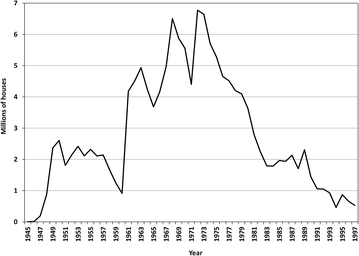
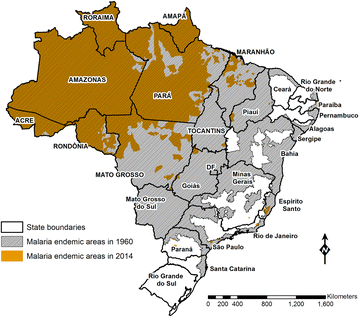
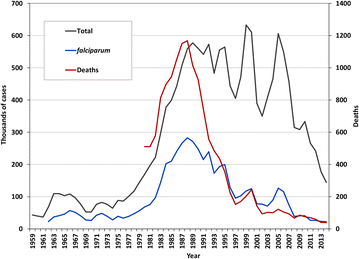
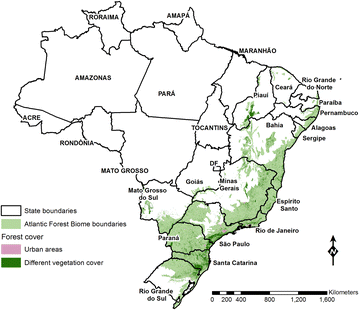
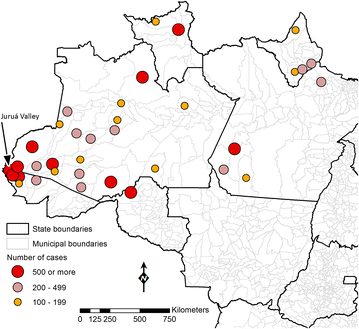
References
-
- Pan American Health Organization. Interactive malaria statistics. Washington, DC: PAHO; 2016. http://www.paho.org/hq/index.php?option=com_content&task=view&id=2632&It.... Accessed 1 Feb 2016.
-
- Deane LM. Malaria studies and control in Brazil. Am J Trop Med Hyg. 1988;38:223–230. - PubMed
-
- Chagas C. Luta Contra a Malária. Rio de Janeiro; 1934. p. 24.
-
- Cruz O. Prophylaxis of malaria in central and southern Brazil. In: Ross R, editor. The prevention of malaria. New York: E.P. Dutton & Company; 1910. pp. 390–399.
Publication types
MeSH terms
Grants and funding
LinkOut - more resources
Full Text Sources
Other Literature Sources
Miscellaneous

